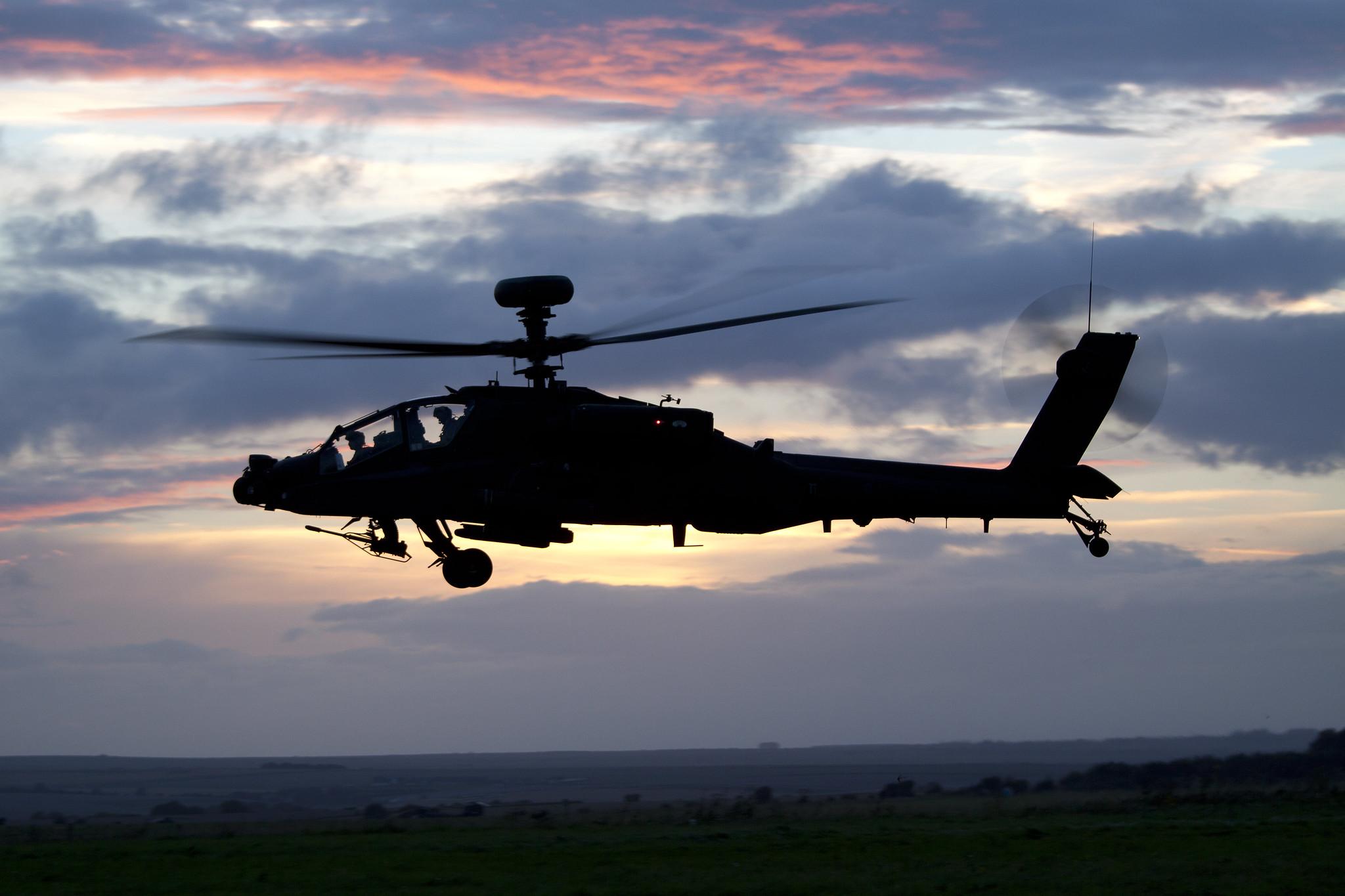
Credit: Tony Osborne/Aviation Week
Poland’s defense ministry has contracted what it describes as a first offset agreement associated with the acquisition of its planned Boeing Apache attack helicopter fleet. Warsaw is seeking work for Polish industry to support and maintain the fleet as it prepares to purchase 96 of the rotorcraft...
Subscription Required
This content requires a subscription to one of the Aviation Week Intelligence Network (AWIN) bundles.
Schedule a demo today to find out how you can access this content and similar content related to your area of the global aviation industry.
Already an AWIN subscriber? Login
Did you know? Aviation Week has won top honors multiple times in the Jesse H. Neal National Business Journalism Awards, the business-to-business media equivalent of the Pulitzer Prizes.





